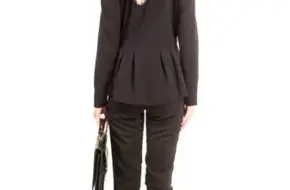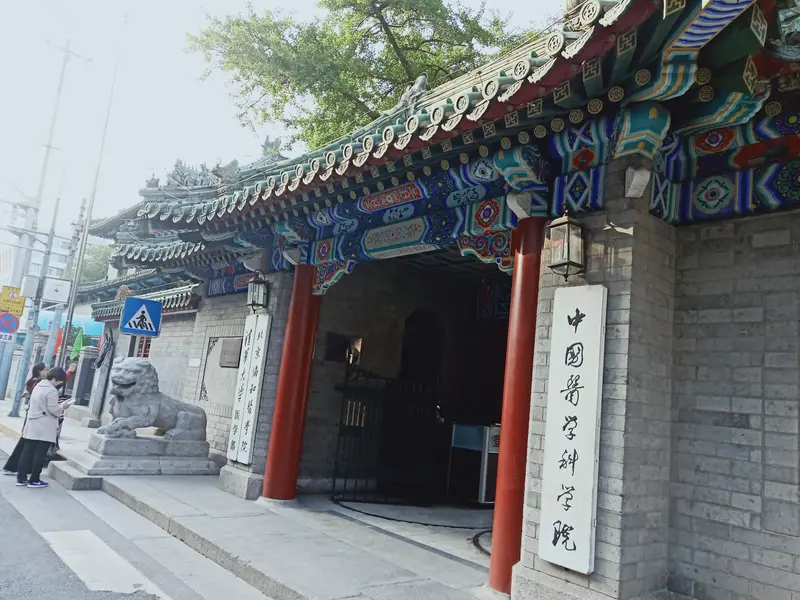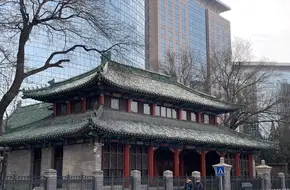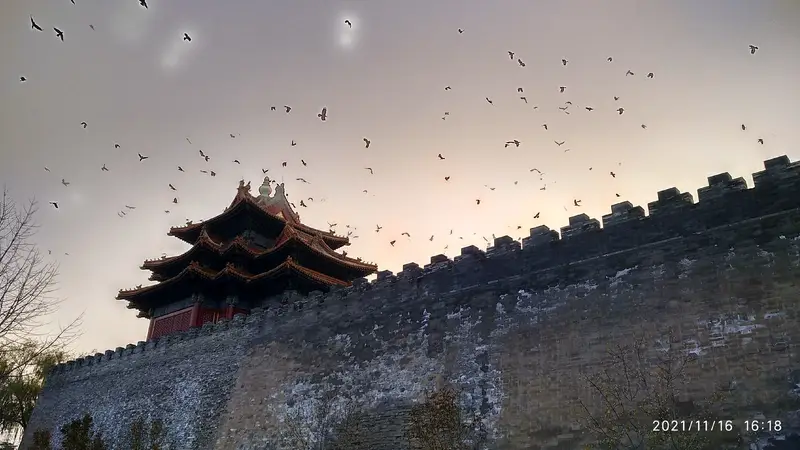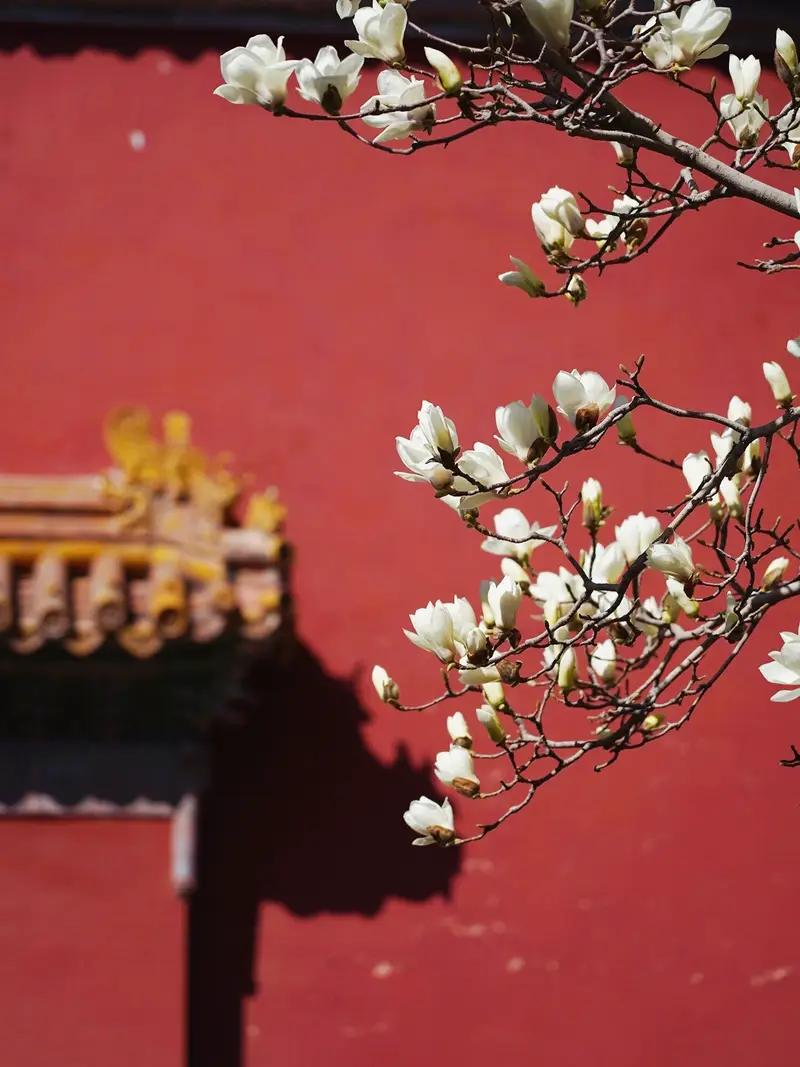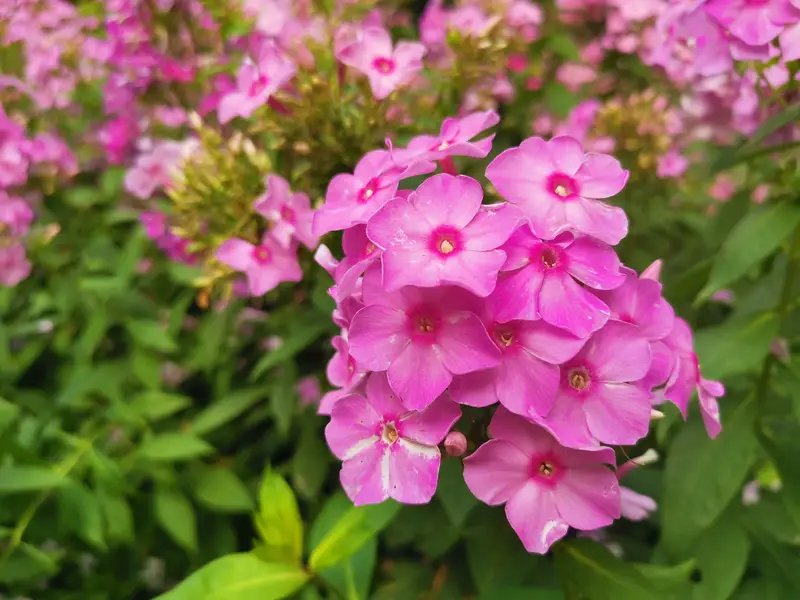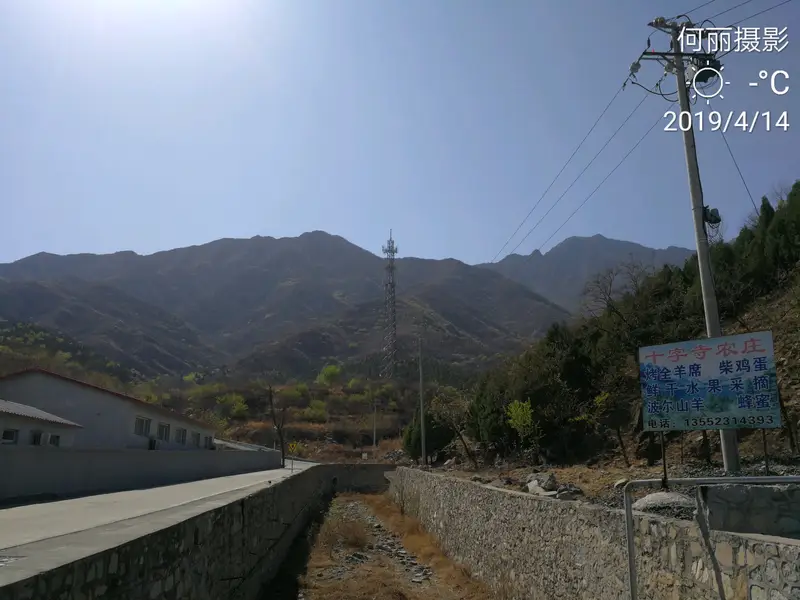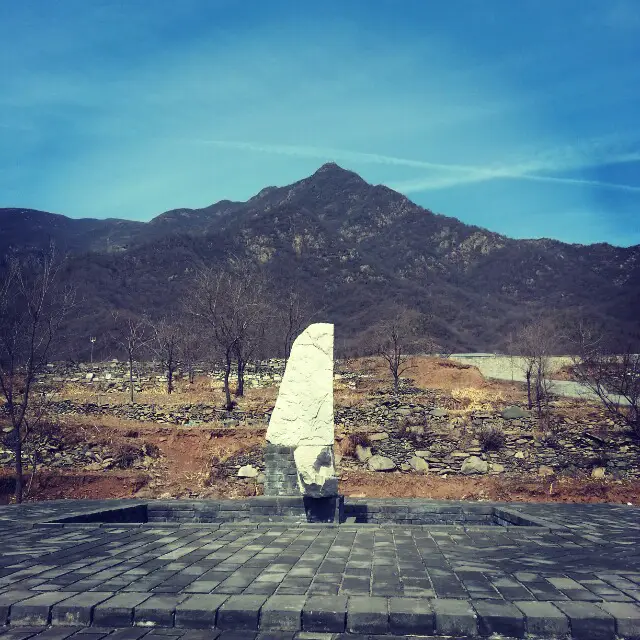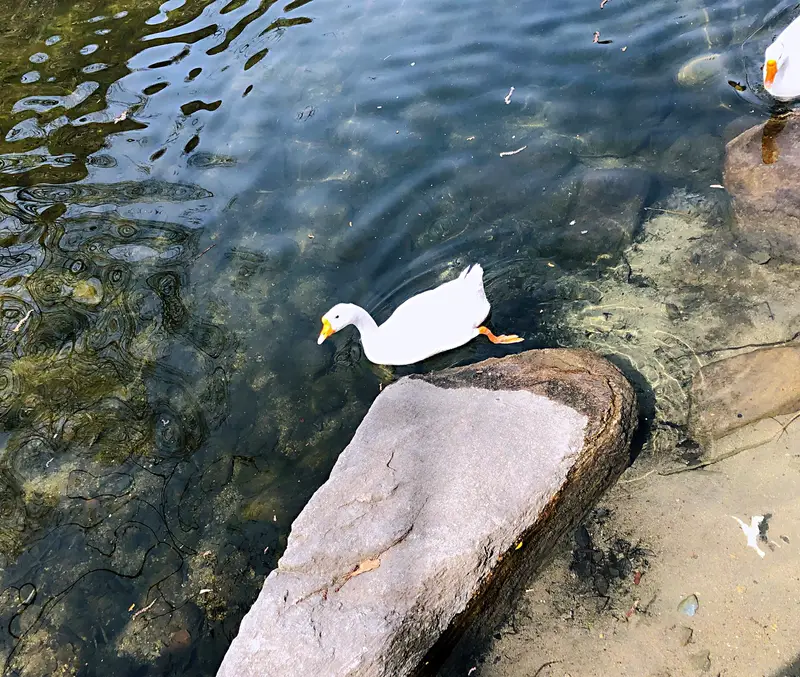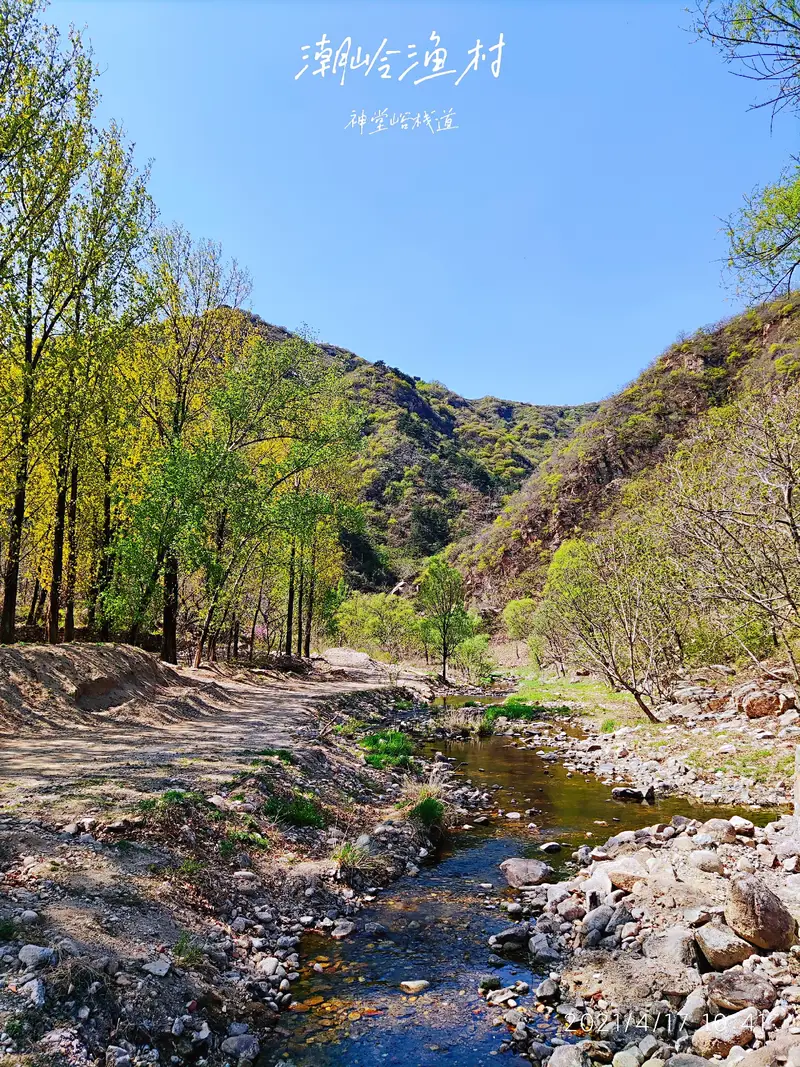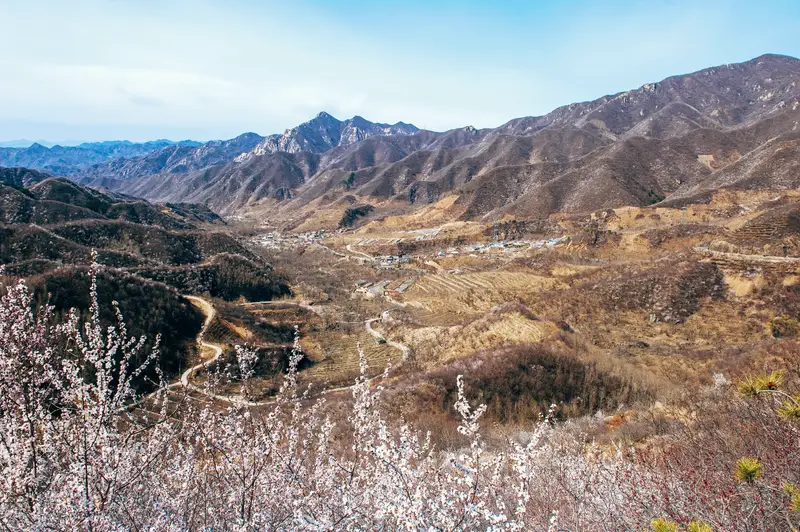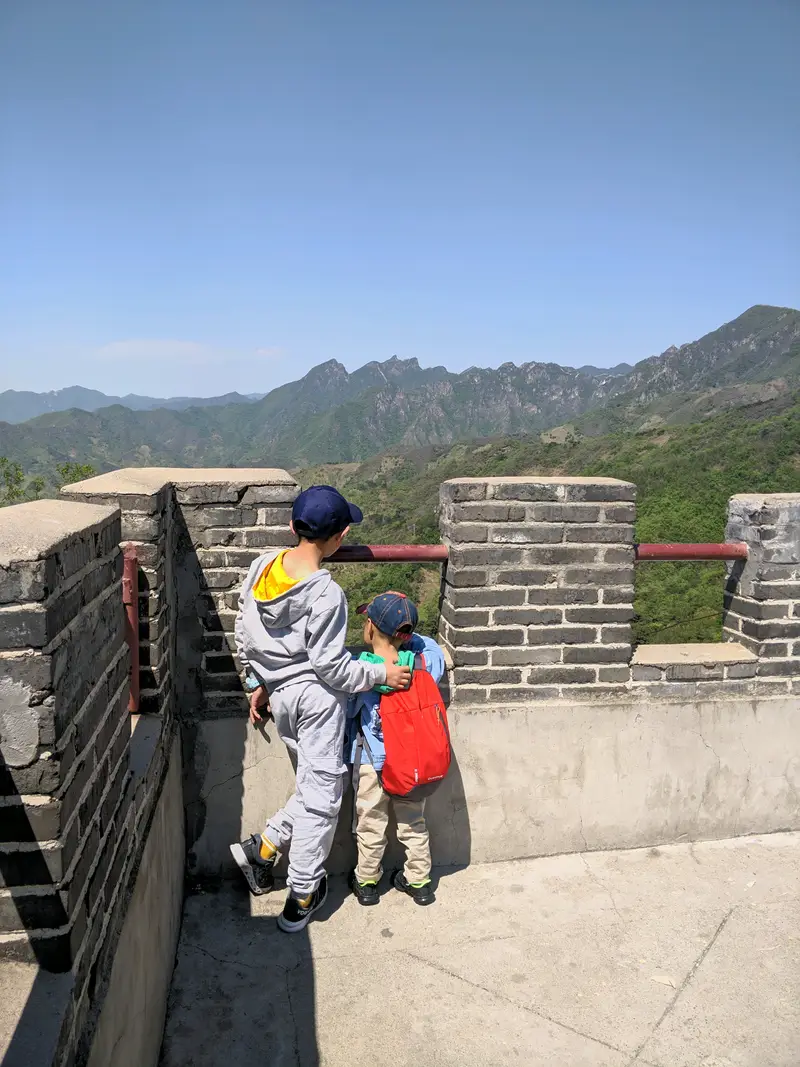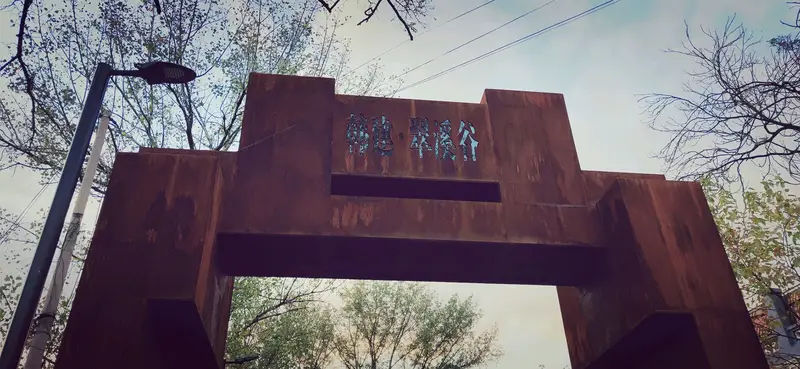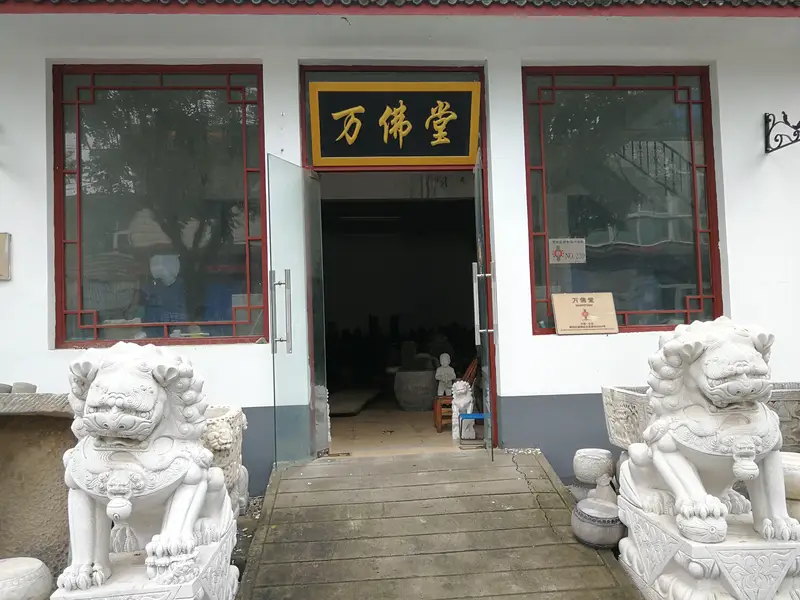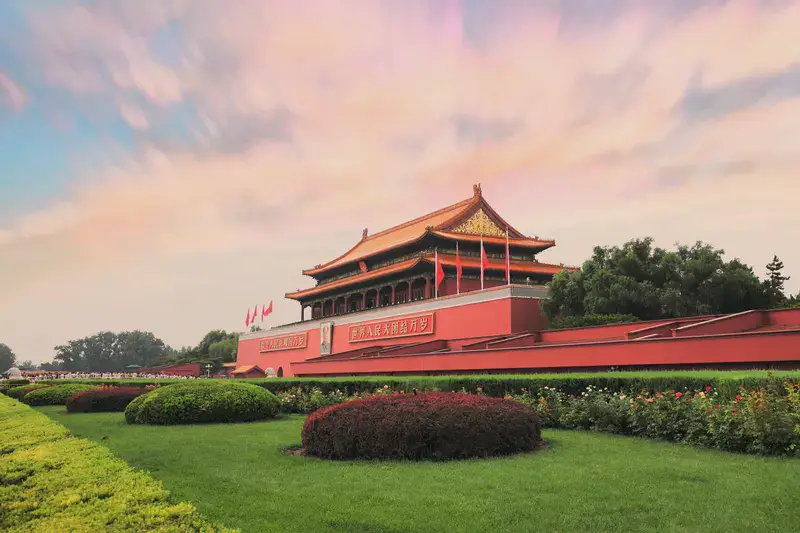Yu Qinwang Mansion, nestled in the heart of Beijing’s bustling Wangfujing Pedestrian Street, sits at No. 256 Wangfujing Avenue in Dongcheng District. To reach this historic site, take Metro Line 1 and hop off at Tiananmen East Station—it’s just a 10-minute walk westward. Alternatively, buses like Route 103 or 104 drop you near the lively Wangfujing area. While the mansion itself is tucked inside the campus of Peking Union Medical College (a former imperial hospital), its iconic stone lions guard the entrance, making it easy to spot once you’re close.
Natural Surroundings
Though Yu Qinwang Mansion isn’t surrounded by lush parks, its location in Wangfujing offers a unique blend of old and new. Stroll along the pedestrian street to see towering billboards contrast with traditional hutong alleyways. In autumn, nearby trees like ginkgo biloba turn golden, adding a touch of seasonal charm. The mansion’s courtyard (what remains of it) feels quieter than the busy commercial zone outside, offering a rare pause amid Beijing’s hustle.
Historical & Cultural Highlights
Yu Qinwang Mansion dates back to the Qing Dynasty, originally built during Emperor Shunzhi’s reign (1644–1661). It was once the residence of Duo Tuo, the 15th son of Qing’s founder Nurhaci, known for his military prowess. The mansion’s layout mirrored the Forbidden City’s structure, with grand halls, wing buildings, and a residential rear section. Today, only two stone lions remain at the entrance—a silent testament to its royal past. Inside the campus, plaques and exhibits explain how 13 princes inherited the title over generations. History buffs will love imagining how such a strategic figure lived amidst Beijing’s political turbulence!
Architectural Details
The original mansion followed strict imperial standards: a south-facing main gate, a five-bay main hall, and intricate ceremonial spaces. Despite most structures being demolished, the surviving lions—carved with Qing-era motifs—still evoke grandeur. A small plaque near the entrance hints at the mansion’s layout, urging visitors to visualize its former sprawl. It’s a stark reminder of how Beijing’s modern development often overlaps with layered histories.
Facilities & Accessibility
Yu Qinwang Mansion is free to visit, but note that the main campus of Peking Union Medical College has restricted areas. The stone lions and exterior walls are open to the public, while guided tours might offer peeks into preserved sections. Nearby, Wangfujing Street bursts with amenities: from luxury shops to local snack stalls. However, the mansion itself lacks cafes or restrooms, so plan your trip accordingly.
Visitor Experience Tips
Exploring Yu Qinwang Mansion takes 30–60 minutes, perfect for pairing with nearby attractions like the National Museum or Jing Shan Park. Photography enthusiasts should visit in morning light to capture the lions without crowds. While the ruins might feel underwhelming compared to the Forbidden City, the mix of royal history and modernity creates a poignant atmosphere. Families with kids can use the site to spark conversations about China’s dynastic changes—just don’t expect interactive exhibits!
Final Thoughts
Yu Qinwang Mansion isn’t a flashy landmark, but its fragmented remains tell a raw story of Beijing’s evolution. History lovers will appreciate the connection to Qing royalty, while casual visitors can enjoy a quiet moment amid Wangfujing’s chaos. If you’re strolling through the area, it’s worth a detour—even for just a photo with the lions!

